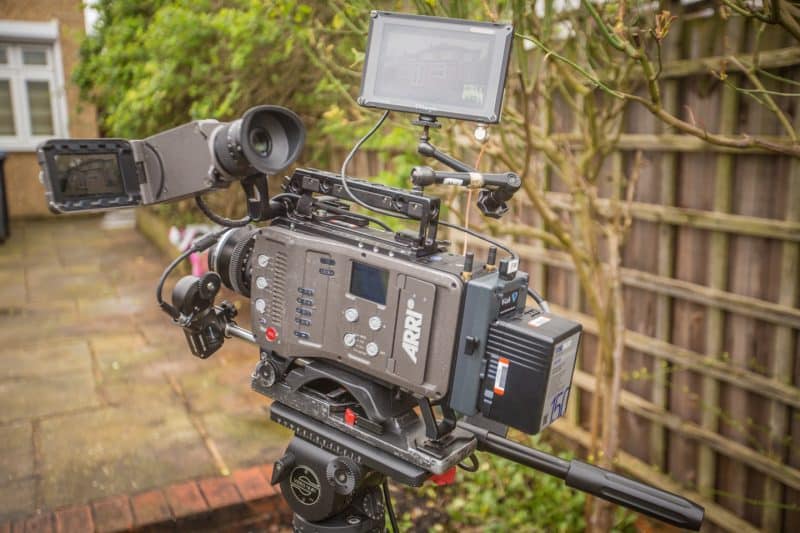TV advertising has come a long way and it will continue to evolve. Why? Because it works. Simple.
Every year comes with its set of trends and 2019 isn’t any different. In 2017 we witnessed the rise of TV Sponsoring, Streaming, Content Diversification, Storytelling and Omnichannel Marketing. These TV advert trends were effective enough to continue into 2018.
What TV advert trends will dominate 2019? Will these trends remain? Or will they be replaced by newer, more effective ones?
- Addressable TV Advertising
This technology has only just recently gained recognition, however, it’s been around for a while. What it does is give brands the ability to be flexible in their television advertising. This form of advertising maximizes the value that TV advertising brings and also changes the way media is absorbed by viewers.
With addressable TV advertising, different viewers watching the same program will get to see different advertisements by the same brand.
Many well-known brands like Burger King, Lowe’s, Microsoft, Pfizer, and Audi continue to spend money on TV advertising. Why? For the following reasons:
- Addressable TV advertising makes it possible for TV medium of advertising to evolve.
- It promotes brand safety
- It’s use is all-inclusive
- It has the ability to target location-specific viewers
- It promotes less disruption of viewer experience by targeting people not programs
- It optimizes TV advertising for viewers, networks and brands by using data to target people
It is estimated that in 2019, Addressable TV advertising will rack up about $3bn in ad spend. At the moment, U.S is the most advanced in the application of Addressable TV advertising technology.
Addressable TV advertising can be used by majority of advertisers.
While it is not a solution, Addressable TV advertising is an improvement to TV advertising and a giant step in the right direction.
- Over-The-Top (OTT) Devices
In 2018, the introduction of OTT devices was all the rage. In 2019, it is expected that they will reach their full potential.
OTT advertising makes it possible for advertisers to reach viewers of top quality video content. An OTT device is one that allows the delivery of TV content through the internet without the need for a traditional cable or a satellite TV service. The device either connects to the TV or a function within the TV.
OTT devices include any streaming devices excluding mobile phones, laptops or desktops that consume OTT content. Examples of OTT devices include gaming stations like Xbox and PlayStation; Apple TVs, Smart TVs, Roku, Chromecast, etc.
Studies show that by 2023, OTT ad spending will have doubled by $46.6bn.
- Direct-to-customer (DTC) embracing Connected TV (CTV)
In 2019, CTV advertising will be the main channel of advertisement for DTC brands. According to a recent survey, 70% out of the 140 buyers questioned intend to invest and spend more on CTV advertising in 2019.
Connected TV brings only top quality, brand safe content that drives measurable ROI.
- T-commerce
T-commerce is the use of a platform connected to a Smart TV device to conduct commerce.
Advertisers are looking for different ways to generate revenue. With T-commerce, there will be more commerce-based experiences through CTV. Traditional TV has always been a one-way communication. However, with the growth of TV advertising over the years, that is no longer the case. Viewers are able to communicate and purchase from their favourite brands.
What makes T-commerce a trend that is set to dominate 2019?
- It is capable of exponentially increasing return on advertising spend (ROAS)
- It has the potential to increase profits and sales
With the T-commerce strategy, viewers can immediately participate in special offers advertisers introduce.
- Sequential Messaging
It is predicted that in 2019, there will be an introduction of serial or episodic TV ads as opposed to the traditional repetitive ones. This can only be possible with the connection of videos to TV and OTT where there is a digital identity layer.
Sequential messaging also known as sequential marketing or sequential advertising will allow advertisers release and deliver more creative videos to people or households.
Sequential advertising will be a hit. Why? Because:
- It adds personalisation to ads, hence making each viewer feel special
- It eliminates ad fatigue– that is the repetitiveness of the ads
- It increases view rates; viewers are curious to know what’s coming next
- It increases ROAS
It is believed that 2019 will be an interesting year for TV advertising and media as a whole. Why not choose to be an early trend-setter?



